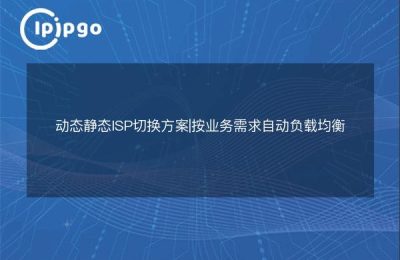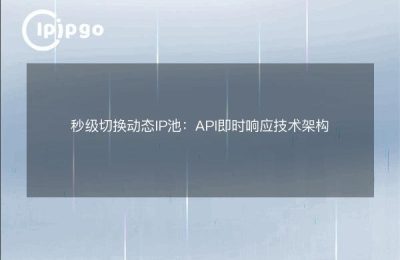
Vue Dynamic Configuration of Proxy IP and Port (How to Configure Proxy for Vue)
Vue dynamically configures proxy IPs
Hi! Hi everyone, I'm a programming enthusiast. Today, I would like to share with you my experience on how to dynamically configure proxy IP in Vue project.
In our program world, sometimes our applications need to access external interfaces or resources that are often stored on remote servers. To facilitate development and debugging, we often need to develop locally but need to connect to the remote server. This begs the question, how do we configure a proxy IP in the local development environment?
First, let me tell you a story to visualize this. Suppose our application is a small boat and the remote server is like a huge island. We are traveling in this small boat and hope to reach that remote island without any problem. But, for some reason, we can't sail directly to that island. At this point, the clever captain of the ship suggests a solution - we can find a staging area that is located in front of the island and can lead to the island. Through the transit station, we can reach our destination indirectly. In the program, this transit point can be called a proxy IP.
So, how do we configure this proxy IP in our Vue project? Let me show you in detail.
First, in the root directory of our Vue project, we can find a file called vue.config.js. This file is like a compass on our boat, it guides us in the right direction. Opening this file, we will see some default configuration items.
"`javascript
module.exports = {
// …
}
“`
Next, we need to add something to configure the proxy IP. in this file, we can find an attribute called devServer, which handles the configuration related to the development environment. Let's take a look at how to use it.
"`javascript
module.exports = {
// …
devServer: {
proxy: {
'/api': {
target: 'http://localhost:3000',
changeOrigin: true
}
}
}
}
“`
In the above code, we have configured a proxy through the proxy attribute. Where '/api' indicates that our request path starts with /api, which is the bridge between us and the island. And the target attribute specifies the IP address and port number of the remote server we really want to connect to. In this example, we assume that the IP address of the remote server is http://localhost:3000. The changeOrigin attribute is set to true, indicating that the origin field in the request header needs to be modified so that the server correctly recognizes the source of our request.
How Vue Configures Proxy Ports
Okay, now we have successfully configured the proxy IP, but we also need to configure the proxy port number. This is as important as the dock where we dock our boat on the island. Let me continue to share my experience with you.
In the root directory of our Vue project, we find a file called .env.development. This file is like a ticket on our little boat, it documents our journey forward. Opening this file, we'll see a line of code.
“`
VUE_APP_PORT=8080
“`
Here, VUE_APP_PORT is the port number we need to change. In Vue's development environment, the default port number is 8080, but sometimes we may need to use other port numbers. Let's change it to 3000!
“`
VUE_APP_PORT=3000
“`
By modifying this file, we tell the Vue development server that we want to use port 3000 to run our project. This way, our request will be properly forwarded to the remote server.
Finally, we have successfully solved the problem of how to dynamically configure proxy IP and port in Vue project. Now, we can happily debug in our local development environment. Just like our small boat sailing to a distant island, we overcame the difficulties and successfully realized our goal.
I hope my sharing today will be helpful to you. Whether in the program world or in real life, we need to face all kinds of problems and challenges. As long as we keep our courage and wisdom, I believe that in the end we will be able to find a solution.
Thanks for listening and happy programming and projects!








